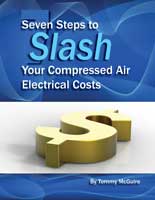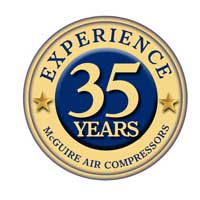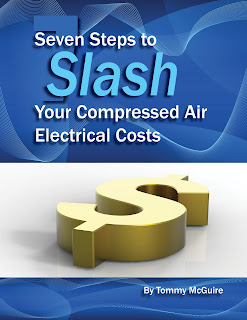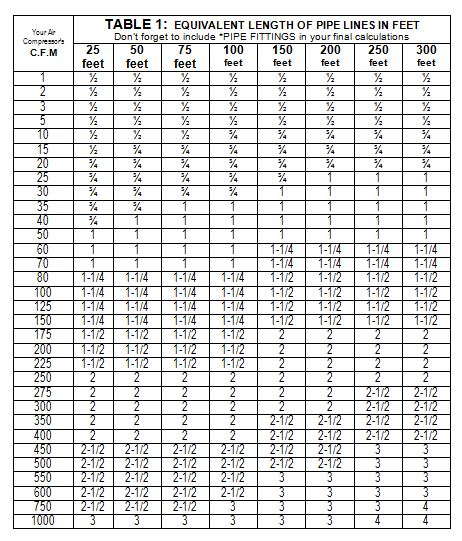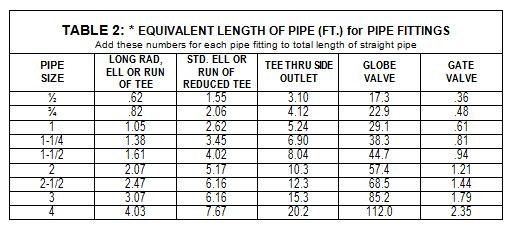
The OSHA Safety Standard Regulation 29CFR CHXVII Paragraph 1926.302(b)(7) states: All hoses exceeding 1/2-inch inside diameter shall have a safety device at the source of supply or branch line to reduce pressure in case of hose failure.
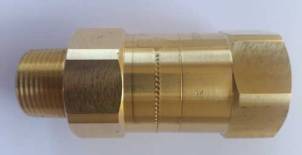
Prevent dangerous air hose whips and accidents. Protect your most important assets: Your employees and their equipment. OSHA COMPRESSED AIR SAFETY SHUT-OFF VALVES offers simple but efficient protection to pneumatic systems in the event of a broken compressed air hose or pipe.
Click here to view a PDF with the information you need to meet OSHA standards.
Call us to order the safety valve and reels you need-1-888-299-9999
________________________________________________________________
Another OSHA guideline publication states: “Hoses, cables, and other equipment shall be kept clear of passageways, ladders and stairs.”
OSHA says reduce your slips, trips and falls. Slips, trips and falls constitute the majority of general industry accidents, which cause 15% of all accidental deaths, and are second only to motor vehicles as a cause of fatalities. The OSHA standard for walking and working surfaces apply to all permanent places of employment, except where only domestic, mining, or agricultural work is performed.www.osha.gov
Consider adding reels to increase safety & efficiency with your electrical cords, welding cables, air hose, oil, grease, liquid/water or fuel hoses. This could be one of your most effective equipment additions you’ll ever make…as well as one of the safest!
Here are 5 Reasons to use Hose Reels:
- Increase Efficiency Hose reels makes all your hose handling more efficient. An organized, clean workplace is proven to be more efficient.
- Provide a Safer Work Environment Hose reels decrease you chances of injuries from tripping hazards. Reduce accidents and insurance expense: Slips, trips and falls are the leading cause of work stoppage in industry. Reels can help you meet OSHA Safety Requirements.
- Protects Equipment Hoses (and cords) last five times longer when stored on a reel. This can save you from replacing hoses as often. Keep hose off the floor where it can be damaged by trucks, doors, and dropped tools.
- Stop Leakages Hoses on reels can reduce the threat of expensive leakages of air and any fluids carried through your hoses.
- Increase Productivity Locating your hoses quickly- when and where you need them- can increase productivity. All these factors help improve your work environment, which saves you time, equipment and money. ____________________________________________________________
Reels are suitable for many applications – such as industrial, automotive, marine, chemical, welding, petroleum, food processing, aviation, and electrical.
Reels are used to transfer air, water, motor oil, transmission fluid, grease, gear oil, anti-freeze, diesel fuels, welding gases, fuel oil, liquid pesticides, fertilizers, detergents, hydraulic oils, cutting oils, printing inks, solvents, chemicals, and blacktop sealers.
Probably one of the largest uses of hose reels is for Compressed Air. Compressed air is clean, readily available, and simple to use. As a result, compressed air is often chosen for applications for which other energy sources are more economical. Inappropriate uses of compressed air include any application that can be done more effectively or more efficiently by a method other than compressed air.
Don’t WASTE your Compressed Air. Check your facility for wasteful and perhaps even unsafe uses of compressed air. Bottom Line: Invest in durable, quality reels that make hoses, cords and cables more productive, keep them easily accessible and make them last longer.
For more about Hose Reels visit www.hosereels.biz
Tommy McGuire
Owner of McGuire Air Compressors, Inc. “Real People with Real Air Compressor Experience” 1-888-229-9999 compressors@mcguire.biz
For Industrial Champion Air Compressors, Pumps, Manuals, Dryers www.industrialaircompressors.biz
Reelcraft Hose Reels for air hose and other industrial applications www.hosereels.biz
Deltech Refrigerated Air Dyers to reduce harmful moisture in your compressed air system www.airdryers.biz.
